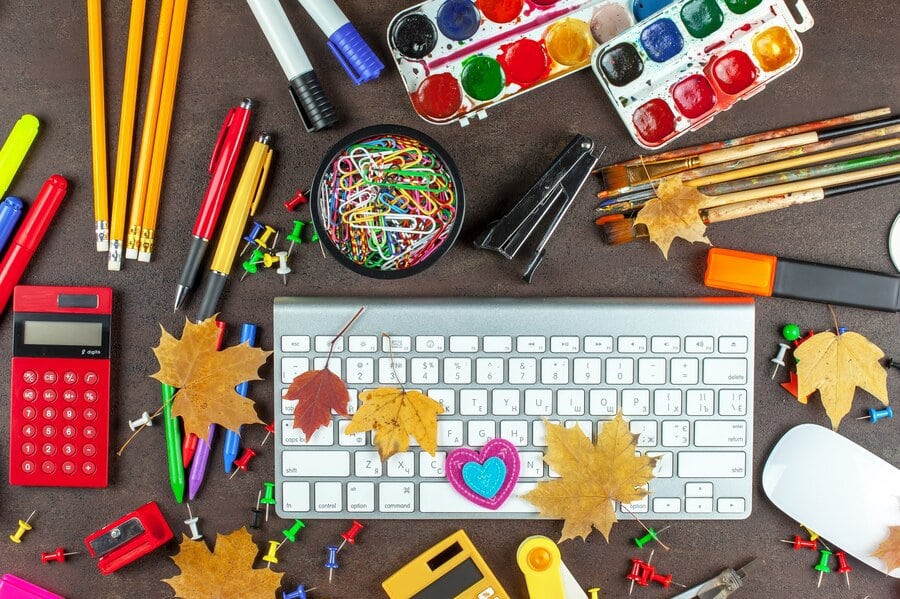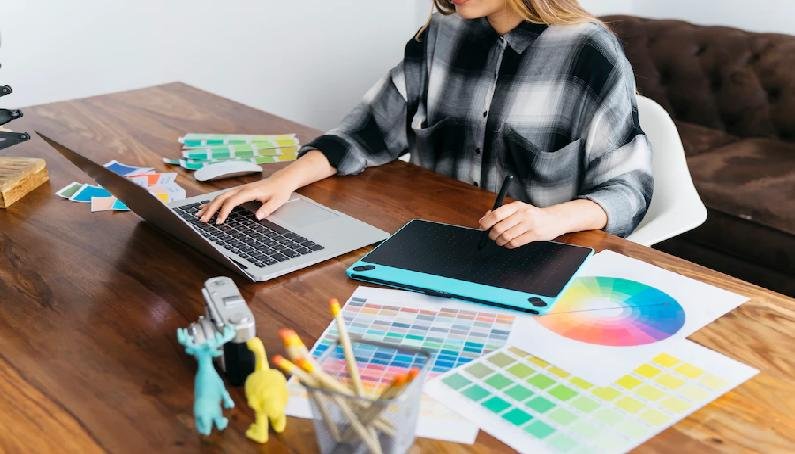Unlock unlimited access to a vast collection of stock images, vectors, and graphics with our all-inclusive subscription. Dive into a world of royalty-free photos and graphic images designed to elevate your brand’s digital footprint. From authentic local imagery for targeted marketing to an extensive range of free vectors, stock photos, and videos, our platform is your ultimate resource for all your graphic needs. Safe for commercial projects, discover over 10000+ vectors, and millions of royalty-free vectors, images, and videos to find the perfect addition to your design. Access high-quality stock photos, PSD files, illustrations, vector graphics, clipart, web templates, and logos without spending a dime. Enhance your projects with premium Islamic graphics, Arabic and Quran calligraphy, all available for free download. Elevate your designs today with our comprehensive collection of free stock images and resources, ensuring your projects stand out with high-quality, impactful visuals.

Download Latest Bismillah Calligraphy Quran Arabic Vector Download Latest Bismillah Calligraphy vector art Bismillah Collection. New ideas beautiful "Bismillah Al Rahman Al Rahim" Arabic Quran Calligraphy Vector Stock. Latest Bismillah Calligraphy vector art Bismillah Collection 2025. 64+ ...
READ MORE +
10 Best Graphic Design Tools for Beginners and Professionals in 2025 In 2025, the graphic design industry continues to evolve rapidly, driven by new technologies and enhanced accessibility. Whether you’re just starting out as a graphic design beginner or you're an experienced professional looking ...
READ MORE +
Graphic design premium, Free Templates, Photo Stock. 30 Best Free Design Tools 2025 Canva, Figma, Gravit, Krita, Inkscape, Photopea much more with AI Innovation. The world of digital design is evolving at an unprecedented pace, and 2025 is poised to bring even more revolutionary changes. With ...
READ MORE +
Graphics Tools for Designers 2025 - Latest Guide Updates Graphics tools for designers play a crucial role in crafting visuals for digital, print, and multimedia projects, enabling the creation of impactful and innovative designs. Adobe Creative Cloud remains a cornerstone, offering Photoshop for ...
READ MORE +
In today's fast-paced digital world, the demand for high-quality graphics and photos has never been greater. Whether you're a graphic designer, photographer, or content creator, having access to cutting-edge resources can significantly enhance your work and give you the edge in the competitive ...
READ MORE +
The Darood e Ibrahimi Arabic calligraphy and handwriting, written in the Sulus font, is now available for download in the form of a transparent PNG image. This image can be downloaded for free, with a fast and direct download process available for both vector and PNG formats. Additionally, the ...
READ MORE +
Islamic art and calligraphy hold a special place in the hearts of Muslims all over the world. They serve as a reminder of the beauty and elegance of the Islamic faith and are a source of inspiration and comfort for many. If you are looking to bring a touch of Islamic beauty into your home, there ...
READ MORE +
Surah Al-Fatiha Arabic calligraphy handmade paintings with beautiful Islamic backgrounds and decorative lanterns hanging on golden chains are a perfect way to bring the beauty of the Holy Quran into your home. Whether you are looking for a piece of art to display in your home or to give as a gift, ...
READ MORE +
Free Download premium and beautiful name of ALLAH, "Al Rahman and Al Rahim" Islamic Arabic Calligraphy Islamic Quran Arabic calligraphy is a form of artistic expression that involves beautiful and intricate writing of the Arabic script. It is a form of calligraphy that is deeply rooted in Islamic ...
READ MORE +
Free Download Ramadan Kareem Greetings 2023 Ramadan Kareem is a blessed time for Muslims around the world, and Islamic and Ramadan Kareem greeting and Islamic Arabic calligraphy can help you capture the essence of this special month. Whether you're looking to create beautiful marketing materials or ...
READ MORE +
This free download of beautiful Islamic handwritten calligraphy of Ayatul Kursi from Surah Al-Baqarah in the Quran Kareem is a perfect way to add a touch of elegance and spirituality to your home or office. The calligraphy is created by a skilled artist and is available in high resolution for easy ...
READ MORE +
Islamic calligraphy is a traditional art form that has been cherished for centuries. One of the most popular styles of calligraphy is handwritten calligraphy, which is known for its elegance and beauty. Handwritten calligraphy is a traditional method of creating beautiful calligraphy that is often ...
READ MORE +
In Arabic, Zer Zabar is called زائر زبار. It is a diacritical mark that is used in the Arabic script to indicate a sound change in a letter. Zer Zabar is also known as a "shaddah" or "gemination" mark, and it is used to indicate a doubling of the consonant sound that it appears above. The use of ...
READ MORE +
Download Beautiful islamic calligraphy of Arabic Artwork Lailaha illallah Muhammadur Rasulullah "لَا إِلَٰهَ إِلَّا ٱللَّٰهُ مُحَمَّدٌ رَسُولُ ٱللَّٰهِ" Best for islamic Wallpaper for beautiful home decoration, post and Islamic Calender and for any islamic eventIslamic calligraphy is an art form ...
READ MORE +
Free Download Al Quran Kareem Islamic Calligrapgy Verse "كُلُّ مَنْ عَلَیْهَا فَانٍ" from Surah Al Rahman verse 26, for perfec Islamic Wallpaper, home decoration, post and Islamic Calender, and for any Islamic event. The Quran Kareem is the holy book of Islam and the word of ALLAH as revealed to ...
READ MORE +
Islamic calligraphy is an art form that is deeply rooted in the Islamic tradition and culture. The use of intricate and beautiful script to convey messages of faith and devotion is a practice that dates back centuries. One of the most revered phrases in Islam is "Sallallahou Alayhe Wasallam", which ...
READ MORE +
What is Graphic Design Software? Graphic design software is a type of electronic design software that specializes in designing and creating interactive visual content. The software is designed to help users create professional-looking visual content, from design concepts through to production. It ...
READ MORE +
Graphic design has evolved significantly in recent years, thanks to advances in technology and the proliferation of online platforms. Today, designers have access to a wide range of tools that allow them to create stunning graphics on a variety of devices. The arrival of fast internet speeds and 5G ...
READ MORE +
7 Great 100% Free Photo and Graphics Download Royalty Free Sites for Photos, Vector Art, Images, Graphics, Icons, and Videos. Are you in need of high-quality, royalty-free graphics, photos, videos, or icons for your next project? Look no further! Here are the top ten great websites for free ...
READ MORE +
10 Largest Premium Royalty Free Images, Videos & Graphics Stock Websites Create a website for your business or marketing your business on social media by posting informative content about your product or service, build a website for your e-commerce store or running an informative blog. It is ...
READ MORE +
Best Sites to find images & vectors for your business marketing Vector graphics are a type of art that can be created with software. They can be used to help communicate a mood or design a marketing campaign. There are many ways to create vector graphics and photo stock that can be used for a ...
READ MORE +